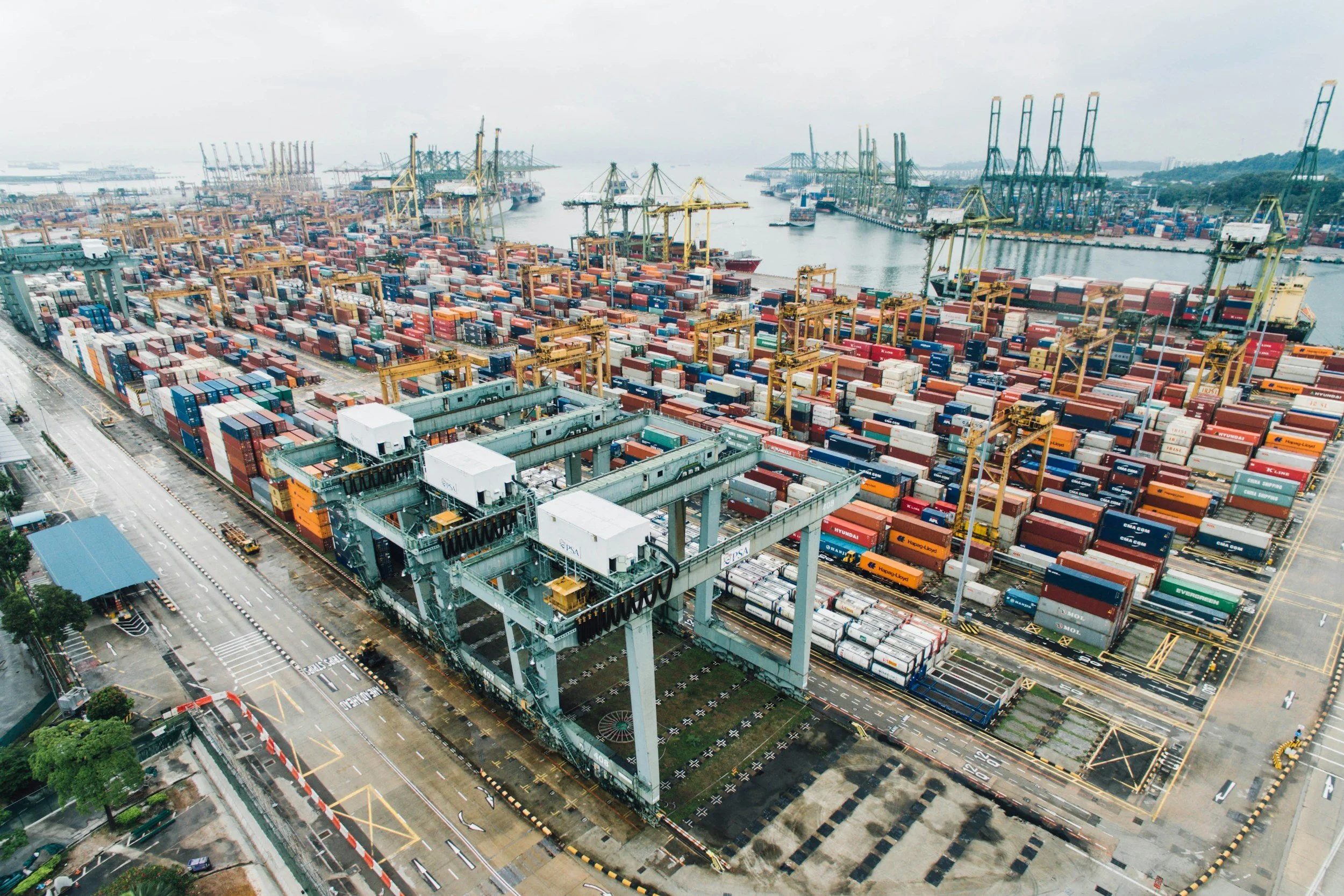Only e-fuels for aviation and shipping can preserve EU biodiversity goals
The shipping and aviation industries have been set ambitious goals for decarbonisation. But their choices aren’t only about reducing carbon emissions. They need to support biodiversity too, and our latest research shows that a move to biofuels could do quite the opposite.
We are in the midst of not one but two crises, those facing the twin environmental pillars, climate and biodiversity. Immediate action is needed to both curb emissions and halt nature degradation – but what if a solution to one problem would exacerbate the other?
This is the position we could find ourselves in when decarbonising the aviation and shipping industries. We know that – along with measures to curb fuel demand – we will need new fuels and propulsion technologies that will enable us to move away from the fossil fuels used today. And, just as some alternatives offer greater potential to lower emissions than others, some solutions also bring greater threat of undermining biodiversity targets.
Re-fuelling nature
For both shipping and aviation, there are a range of alternative fuels, including biofuels made from crops, residue and water, or oils and fats, and e-fuels produced from green hydrogen. When e-fuels are produced using renewable electricity and a truly sustainable carbon source (such as from direct air capture), they have a greater potential to lower emissions on a lifecycle basis than their biofuel competitors.
But when we assessed these alternative fuels alongside biodiversity goals, we also discovered that no pathways using biofuels are compatible with the EU’s 2050 biodiversity targets. In fact, e-fuels are the only alternative fuels for the shipping and aviation sectors which would not put undue pressure on natural habitats and land demand, and which are compatible with meeting the EU’s biodiversity targets.
The FuelEU Maritime framework aims to reduce greenhouse gas (GHG) intensity of shipping fuels by 80% by 2050, but only stipulates that a small proportion of these should be e-fuels (and they aren’t even required until 2031). Likewise, ReFuel EU Aviation includes a mandate on the uptake of so-called sustainable aviation fuels (SAFs), but by 2050 only half of the mandated 70% SAF must be e-fuels.
Meeting these targets will mean rapid expansion of alternative fuels – and if we don’t do that right, we risk placing extraordinary pressure on biodiversity, whether that be through demand for land and land use intensification, use of fertilisers and pesticides, or the introduction of non-native species.
So why do EU regulations seek to drive decarbonisation through the uptake of biofuels when they are incompatible with 2050 biodiversity targets? The short answer: short-term availability and cost.
It is true that e-fuel technologies are currently not available at the scale – or price – needed to make them an immediate solution, while some biofuel pathways are more readily available. But it’s unwise to make long-term decisions on the short-term availability of alternative fuels. In doing so, we could end up locking in technologies that significantly damage our biodiversity n the long run. Even if cost is your only concern, questions over whether we’ll be able to even get the biofuel supply to meet shipping and aviation's projected demands still remains unresolved. Supply shortages will inevitably drive up prices. While easily accessible today, biofuels are neither environmentally nor economically sustainable in the long run.
How can we decarbonise aviation and shipping while preserving biodiversity?
We need action from government and industry to drive the development and deployment of e-fuels. It was promising to see the launch of the Call to Action on Green Hydrogen and Green Shipping at COP29. But we need more like this to ensure we are investing in solutions that provide a long-term supply of fuel compatible with both climate and nature targets. Delaying investment in e-fuel infrastructure risks increasing future costs significantly, locking investment into non-solutions, and leading to stranded assets in the long run.
Policy and regulatory signals will be key to driving this investment. ReFuelEU Aviation and FuelEU Maritime are an important start, but we need a wider policy landscape that not only incentivises solutions that benefit both climate and environment, but also disincentivise non-solutions. Measures such as the European Emissions Trading System (ETS) and Energy Taxation Directive (ETD) will both be central to pricing the cost of using fossil fuels and bringing in revenues that can – in part – be used to support decarbonisation.
Despite all of the signals indicating that biofuels are not the best alternative fuel for shipping and aviation, we’re still going to see them in future fuel mixes – at least in the immediate future. So, alongside efforts to drive the uptake of e-fuels, we need assurances that biofuel production will be conducted in line with robust biodiversity protection measures. This should involve ecological assessments on lands earmarked for biofuel production, aligning the EU’s proposed soil monitoring law with renewable energy targets, and promoting biodiversity in agricultural practices.
In the face of these twin, interconnected crises, we cannot afford to view the decarbonisation challenge in a silo – fuelling aviation and shipping’s future doesn’t have to mean putting nature at risk.
Read our full report, Fuelling nature: how e-fuels can mitigate biodiversity risk in EU aviation and maritime policy.













